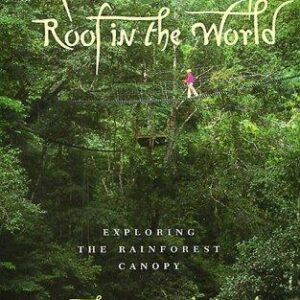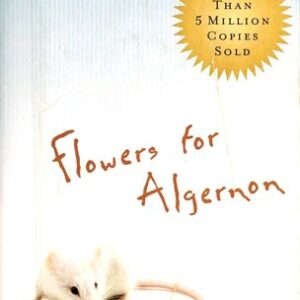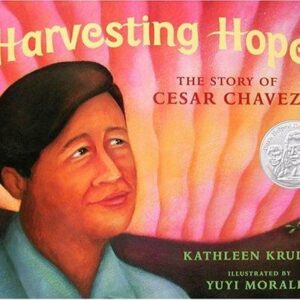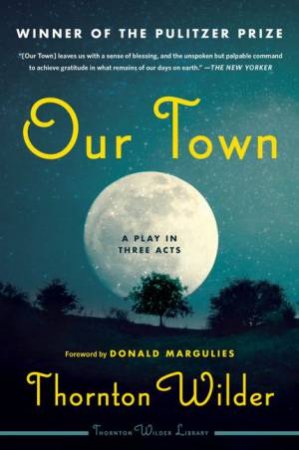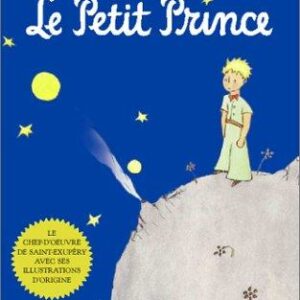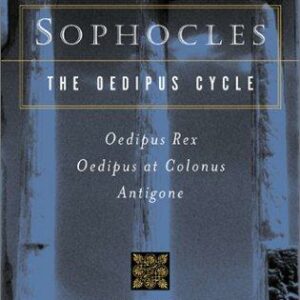Culinary Poetics and Edible Images in Twentieth-Century American Literature
$32.95
| Title | Range | Discount |
|---|---|---|
| Trade Discount | 5 + | 25% |
- Description
- Additional information
Description
In her new study, Culinary Poetics and Edible Images in Twentieth-Century American Literature, Stacie Cassarino traces the tradition of avant-garde food experimentation across the twentieth and twenty-first centuries to show how a fixation on the materiality of edible things, expressed through the language of food, became a way for American writers to respond to the culinary, political, and aesthetic tastes of the nation.
Cassarino takes the reader through the changing dynamics of food production and consumption, from wartime sensibilities of patriotic eating to the postwar excess of culinary cosmopolitanism and finally to contemporary supermarket pastorals. She pairs chefs and poets—Julia Child and Gertrude Stein, Poppy Cannon and Frank O’Hara, Vertamae Smart-Grosvenor and Harryette Mullen—to argue that each converts eating into an aesthetic opportunity that has the power to impact how people consume. In this way, Cassarino reveals the modern cookbook not just as a literary counterpart to contemporary poetry but also as vital to the literature and art occurring around it. From Futurist cookbooks to fast food lyrics, from Gullah recipes to Eat Art, she reminds us that global foodscapes are connected to aesthetic movements in literature and art.
Cassarino takes the reader through the changing dynamics of food production and consumption, from wartime sensibilities of patriotic eating to the postwar excess of culinary cosmopolitanism and finally to contemporary supermarket pastorals. She pairs chefs and poets—Julia Child and Gertrude Stein, Poppy Cannon and Frank O’Hara, Vertamae Smart-Grosvenor and Harryette Mullen—to argue that each converts eating into an aesthetic opportunity that has the power to impact how people consume. In this way, Cassarino reveals the modern cookbook not just as a literary counterpart to contemporary poetry but also as vital to the literature and art occurring around it. From Futurist cookbooks to fast food lyrics, from Gullah recipes to Eat Art, she reminds us that global foodscapes are connected to aesthetic movements in literature and art.
Connects foodscapes to aesthetic movements, demonstrating how American writers responded to the changing tastes of a nation.
“Cassarino innovatively advances the notion that some cookbooks contain evidence of ‘artistic practice’ or ‘creative sensibilities’ that renders them apt for comparison with poetic texts.” —Vivian Nun Halloran, author of The Immigrant Kitchen: Food, Ethnicity, and Diaspora (OSU Press, 2016)
Stacie Cassarino is an American poet and teaches in the English department at UCLA. She is the author of the award-winning poetry collection Zero at the Bone. Additional information
| Dimensions | 1 × 6 × 9 in |
|---|


